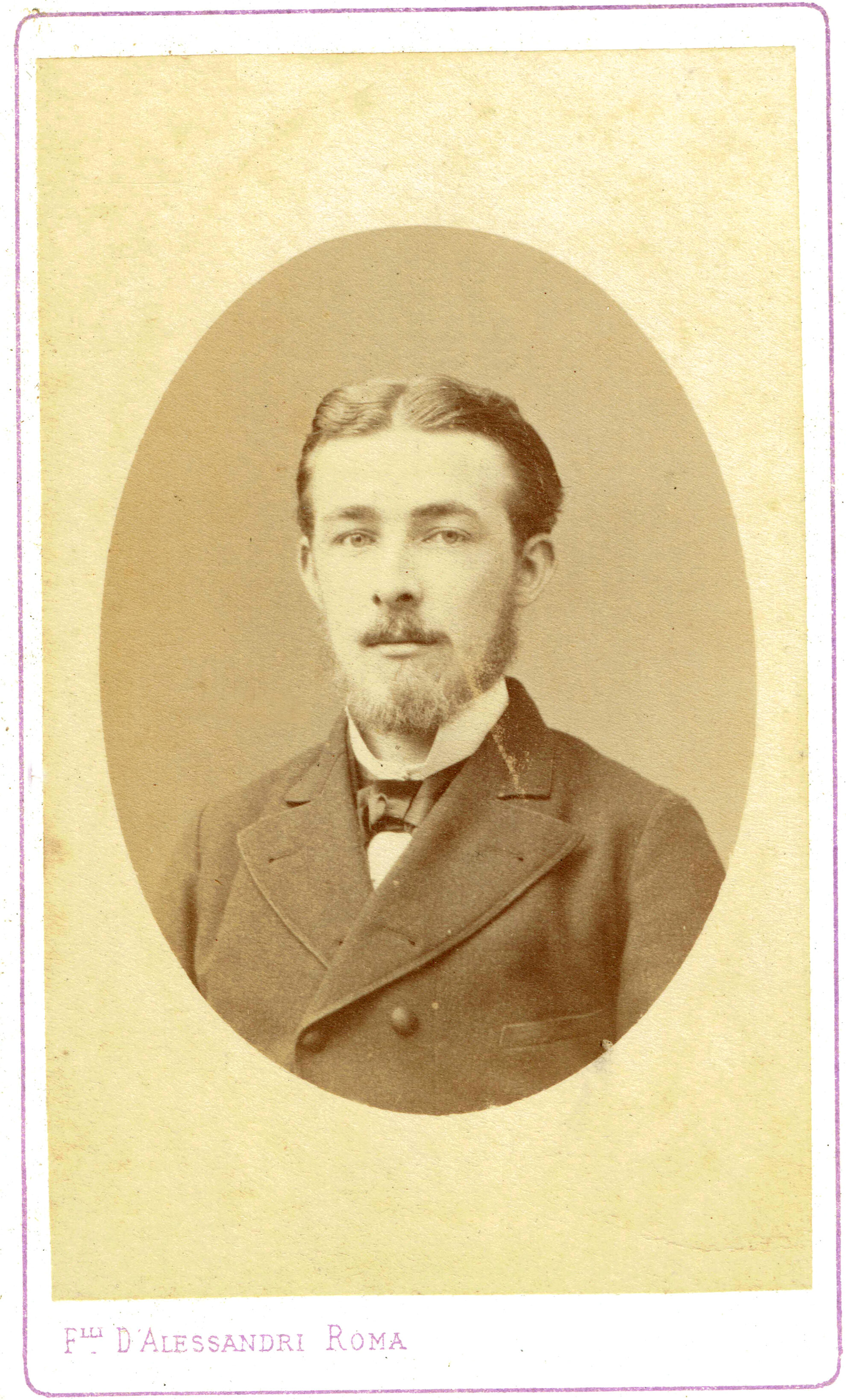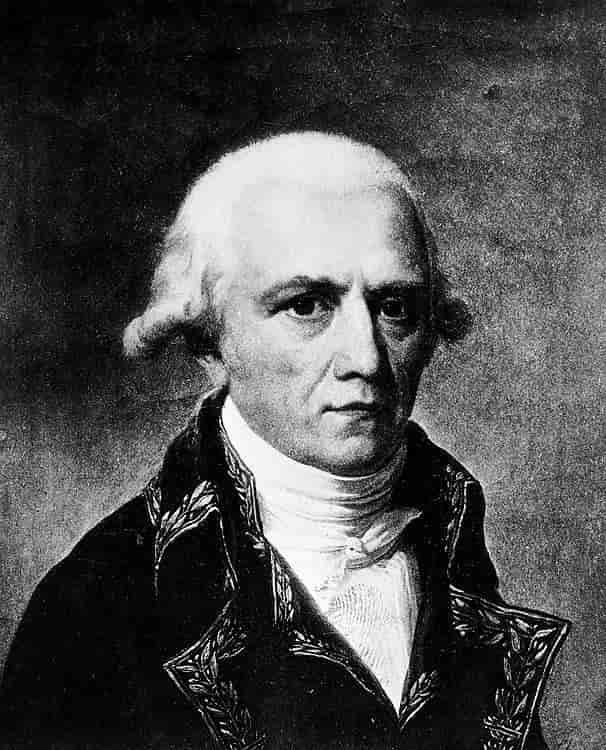

By 1756, the French had enjoyed successes in most of their frontier battles against the British. The French and Indian War broke out in 1754 between British and French colonists over territorial disputes along their colonial frontiers, and escalated the following year to include regular troops. Main articles: French and Indian War and Rogers' Rangers That rock is now known as Rogers Rock or Rogers Slide. This battle gave rise to the tale that Rogers escaped capture by sliding 400 feet (120 m) down a rockface to the frozen surface of Lake George.

The French believed that Rogers was killed in this action, as he was forced to abandon his regimental jacket, which contained his commission papers, during his escape from the scene. In fierce fighting, the British troop was nearly destroyed, with more than 120 casualties. The French commander at Fort Carillon had been alerted to their movement, and sent a force consisting mostly of Indians to meet them. Rogers led a band of about 180 rangers and regulars out to scout French positions. The battle was given its name because the British combatants were wearing snowshoes. The battle took place near Lake George, now in northern New York, but then in the frontier area between the British province of New York and the French province of Canada. It was fought by members of British Ranger companies led by Robert Rogers against French troops and Indians allied to France. The 1758 Battle on Snowshoes occurred on March 13, 1758, during the French and Indian War. This battle probably took place somewhere west of the hills near Sabbathday Point. Forts Edward and William Henry are near the bottom of this map. In 1758, the road along the left side of Lake George did not exist. pp. 84–85.Detail from a 1777 map by John Montresor. Tome 2 / qui ont paru en France pendant ce siècle, avec leurs portraits au naturel (in Old French). Jean de La Quintinie, créateur du Potager du roi, Le blog de Gallica, 6 novembre 2019

Jardin et jardinier de Versailles au grand siècle. ^ "Jean-Baptiste La Quintinie | Collections Online | British Museum".The work was published in two volumes by Editions Claude Barbin. In 1690, his second son Michel de La Quintinie supervised the posthumous publication of Instruction pour les jardins fruitiers et potagers, avec un Traité des orangers, suivi de quelques réflexions sur l'agriculture ("Instruction for fruit and vegetable gardens, with a treatise on orange trees, followed by some thoughts on agriculture" ). A few days after, Louis XIV said to his wife, "Madame, we have suffered a great loss that we can never repair". Jean Baptiste de La Quintinie died on 11 November 1688 in Versailles. In 1687 he was annobled by Louis XIV and chose a chevron azure with two stars and a tree as his coat of arms., He also contributes to the improvement of the cultivation of fruit trees, particularly their pruning, an activity that the king enjoyed practising himself. To satisfy the king's desires, Jean Baptiste de La Quintinie developed cultivation techniques for off-season production – strawberries at the end of March, :11, asparagus in winter or lettuce in December. The garden also became a site for horticultural experiments. īuilt with the objective of supplying the tables of the royal court with fresh produce, the Potager du roi provided several tons of fruit and vegetables each year. Once the nine-hectare site had been drained and filled in, :9 it was divided into a central square and 29 enclosed gardens. The location was chosen for its proximity to the Palace of Versailles and was referred to as the 'stinking pond', referring to a parcel that was so wet as to not be suitable for most types of gardening. īetween 16, he designed and built the Potager du roi. Later in 1670, the king created for him the title of Director of the royal fruit and vegetable gardens. Following the disgrace of the superintendent of finance ( Nicolas Fouquet) in 1661, Louis XIV gave him the job of designing and managing the Versailles vegetable garden.

He then acquired skills and a reputation for creating magnificent gardens that permitted him to work for such notables as Louis II de Bourbon-Condé in Chantilly, Jean-Baptiste Colbert in Sceaux and Nicolas Fouquet in Vaux-le-Vicomte and to collaborate with André Le Nôtre, Charles Le Brun and Louis Le Vau. In 1662, La Quintinie married Marguerite Joubert, with whom he had three sons Jean, Michel, and Gabriel. The Frenchman declined the offer, preferring to return to his home country. He then visited England twice and earned the esteem of King James II, who offered him the job of managing his gardens.


 0 kommentar(er)
0 kommentar(er)
